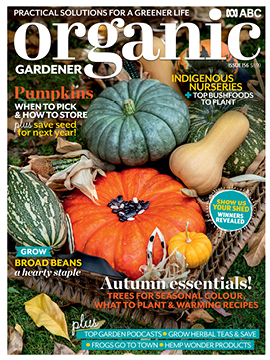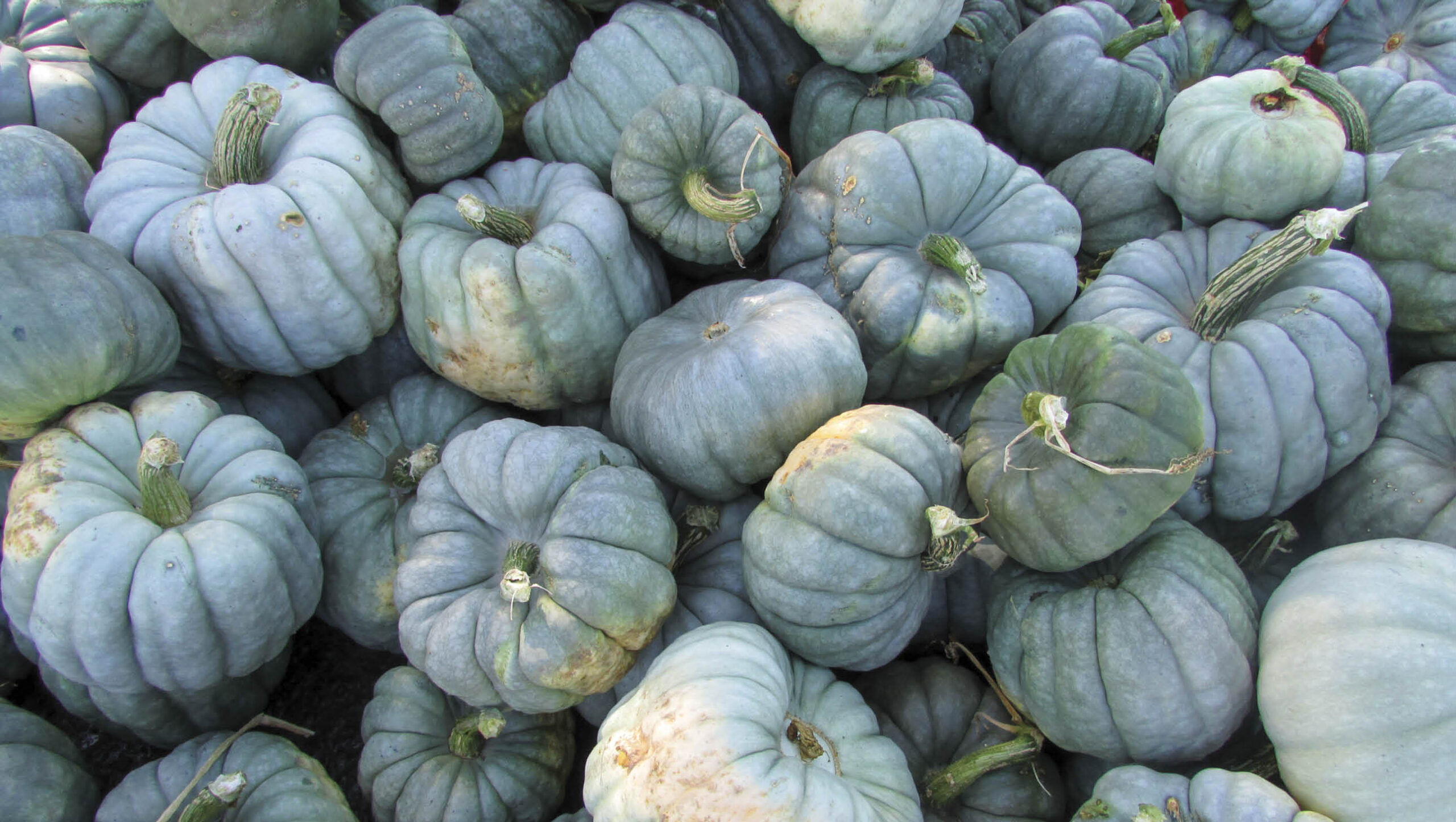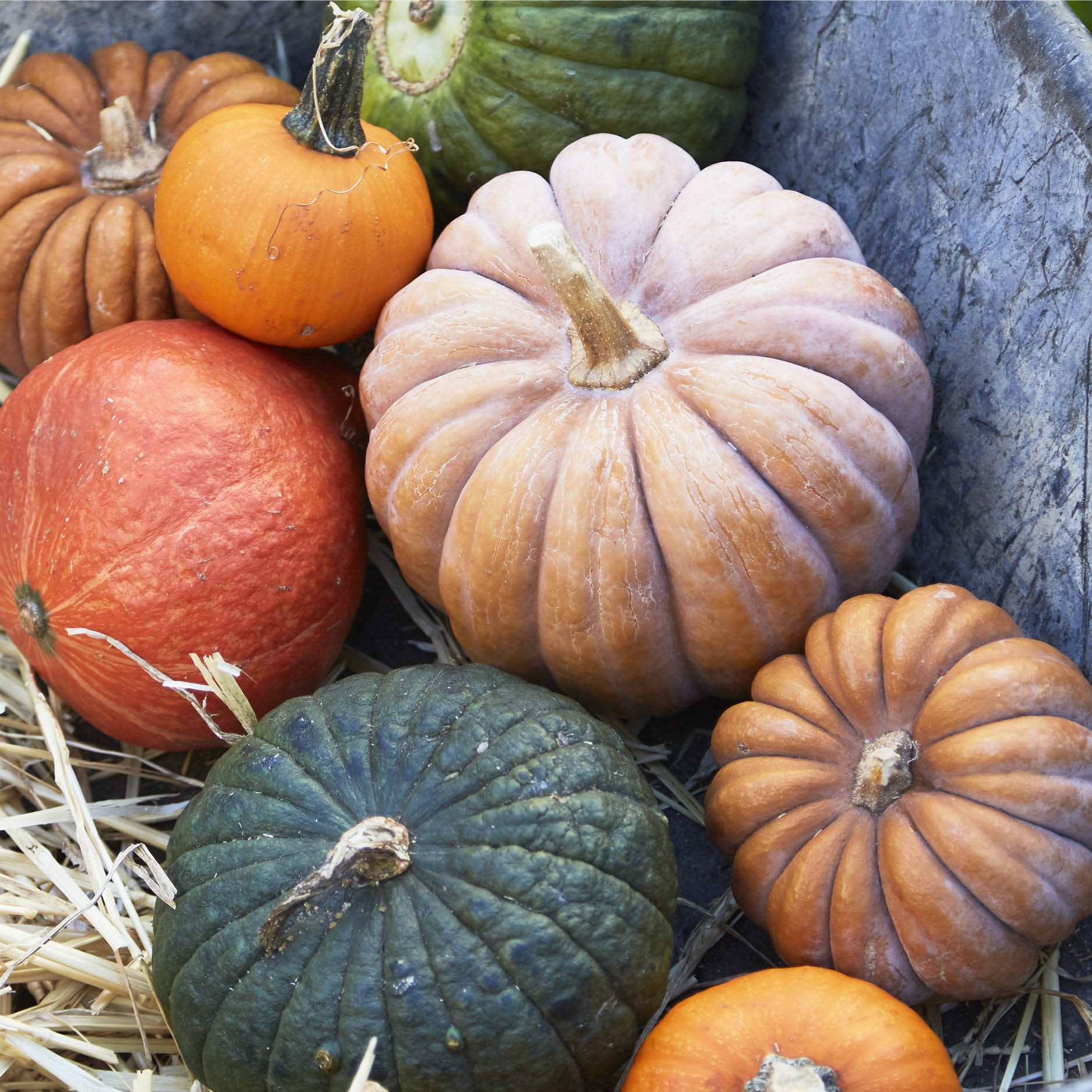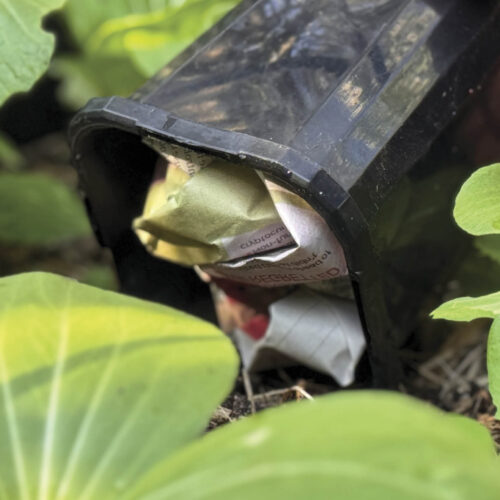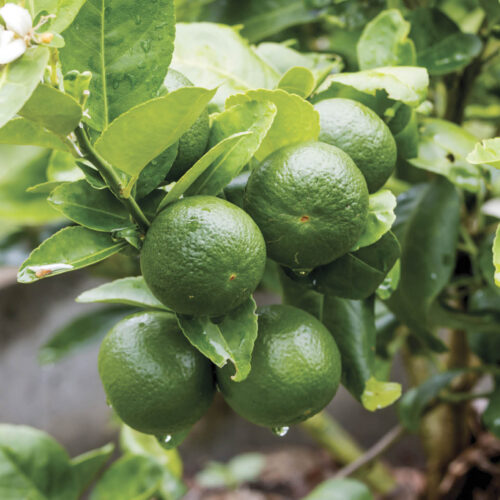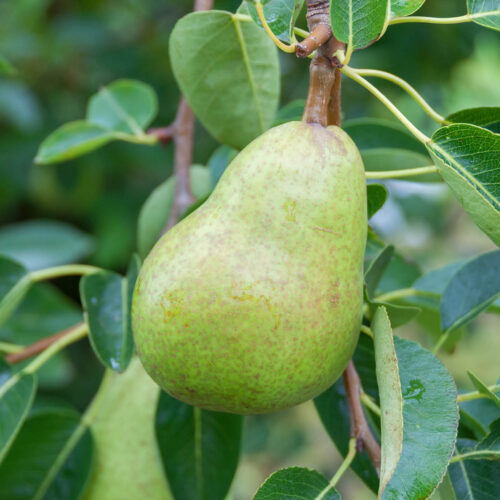Grow: pumpkins
2025-04-02T16:56:08+11:00
Homegrown pumpkins are an urban commodity – you can swap them with the neighbours for fresh eggs or a handful of lemons, and with a bit of TLC, they’ll store for months.
Pumpkins are a part of our gardening and culinary DNA. You can swap with neighbours, make winter soups and with a bit of care, you’ll have a supply that will last a couple of months. Follow these tips to start growing your own.
Planting time
- Sow and plant in spring with crops ready to harvest in autumn.
- In tropical regions, sow in autumn for a dry season crop that’s ready in spring.
Sun and space
- Choose a bright, sunny spot with room for vines to ramble.
- If you’re tight for space, train vines on a trellis or try a bush variety.
Soil preparation
- Ensure good drainage – create compost-enriched mounds 30cm tall and 50cm wide. Space mounds 1–1.5m apart.
- Check soil pH – if soil is acidic, add garden lime or wood ash.
Sowing
- Direct sow in warm soil; plant 2–3 seeds 3–5cm deep per spot, thinning to the strongest seedling. Water well after sowing, then let the soil dry slightly between waterings to avoid seed rot.
- For a head start, sow seeds in pots indoors from late winter, then plant out after soil warms and risk of frost passes.
Watering
- Water regularly in dry times to keep roots moist.
Fertilising
- Feed seedlings weekly with diluted fish emulsion until established.
- Apply organic fertiliser at planting and every 6 weeks onwards.
Pollination
- Encourage bees for natural pollination. If fruit fail to form, try hand-pollinating flowers. See below for pollinating tips.
Pest and disease control
- Prevent powdery mildew by spraying leaves weekly with a milk solution (1 part milk to 9 parts water) or apply a potassium bicarbonate spray according to product directions.
- Enclose fruit in wire mesh cages if rats are a problem.
How to hand pollinate
Select an unopened female flower (you’ll spot it by the tiny fruit at its base) and cover it with a nylon stocking. When the flower opens, collect pollen from a male flower (the ones on slender stems) of the same variety and transfer it to the female flower. Re-cover the flower for a few days to prevent any unplanned pollination.
For tips on harvesting and storing pumpkins get a copy of our Autumn 2025 issue (OG 156), available here.
